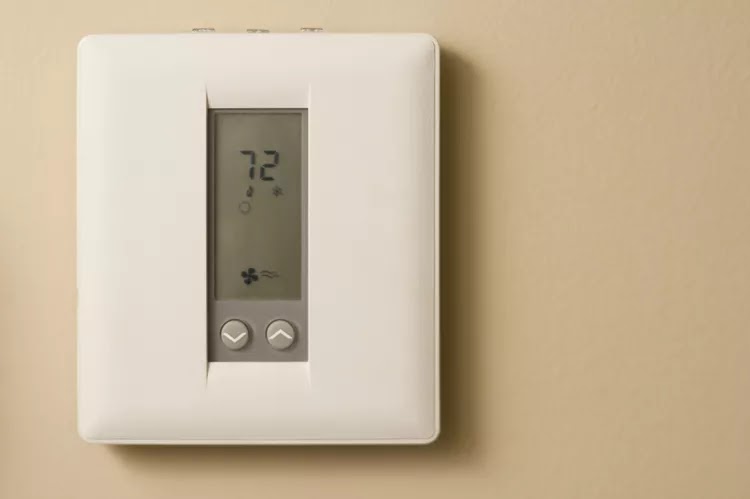Troubleshooting Your Thermostat: Common Issues and Fixes for Optimal HVAC Performance
Is your thermostat experiencing issues? Thermostat is not working ? Serving as the central controller of your HVAC system, the thermostat plays a pivotal role in relaying your home's heating and cooling requirements to the HVAC system. However, malfunctions can occur, leading to disruptions in its functionality. Often, what may initially seem like significant HVAC problems can be traced back to a malfunctioning thermostat, which can often be resolved with straightforward solutions. Here are several common reasons for thermostat failure and potential remedies:

Troubleshooting Common Thermostat Issues
1. Power Source Interruption:
- A dark screen on the thermostat typically indicates a lack of power. Ensure the power switch is activated.
- Replace batteries if necessary or check for a tripped circuit breaker in the main panel.
2. Loose Connections:
- Essential electrical connections are crucial for the thermostat's operation. Loose wires, corrosion, or disruptions in connections may hinder communication with the HVAC system.
3. Addressing Loose Connections:
- Before handling electrical components, turn off the power at the breaker.
- Inspect connections for signs of compromise and tighten terminals. Remove and examine corroded wires, replacing damaged sections if needed.
Note: Electrical work carries inherent risks. Seek professional assistance if unsure about handling electrical connections safely.
4. Cleaning:
- Dirt and debris accumulation can hinder thermostat functionality. Turn off power and clear the housing using compressed air or a brush.
5. Leveling:
- Incorrect placement or leveling may lead to discrepancies between the thermostat's temperature readings and the actual room temperature. Ensure the thermostat is mounted level on the wall.
6. Placement Consideration:
- Incorrect placement, such as positioning the thermostat near registers or doors, can result in inaccurate environmental readings. Relocate to a central area away from such elements.
7. Programming Adjustment:
- Smart thermostats may require manual adjustments or reprogramming to match personal preferences. Consult the owner's manual to reconfigure settings and schedules.
8. Furnace Switch Inspection:
- Ensure the furnace switch is on to enable thermostat functionality. Consult an HVAC technician to inspect potential airflow or cycling issues.
When to Consider Replacement or Professional Help
By addressing these common thermostat issues and employing appropriate solutions, you can potentially rectify malfunctions and ensure your HVAC system operates smoothly and efficiently.
 Reviewed by SSC NOTES
on
December 22, 2023
Rating:
Reviewed by SSC NOTES
on
December 22, 2023
Rating:
 Reviewed by SSC NOTES
on
December 22, 2023
Rating:
Reviewed by SSC NOTES
on
December 22, 2023
Rating:
